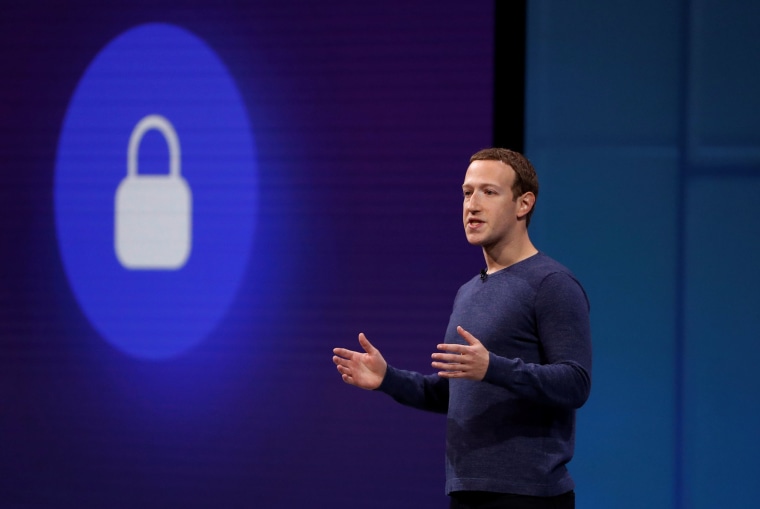SAN FRANCISCO — Facebook is shutting down its embattled "trending topics" section, the company announced on Friday, putting an end to a tool that was often a flashpoint for allegations of political bias and by Facebook's own admission, had become increasingly irrelevant.
Alex Hardiman, Facebook's head of news products, said the "trending" section, a collection of headlines and links to news sites, would be phased out next week to make way for "future news experiences."
"From research we found that over time people found the product to be less and less useful," Hardiman said in a blog post on Friday. Trending topics are only available in five countries and contributed less than 1.5 percent of clicks to publishers on average, she said.
Long before fake news became an everyday utterance, the "trending" section was introduced in 2014 as another option to help Facebook users consume news. The idea was to cement the social network as a one-stop shop for everything a person might need to stay informed about friends and current events throughout the day.
However, the collection of headlines, which were powered by human editors, later became a lightning rod for criticism after a former contractor on the project claimed Facebook suppressed conservative issues in the section in favor of promoting liberal causes.
Facebook CEO Mark Zuckerberg held a summit with conservative leaders at its Menlo Park headquarters and later ended up firing the human editors and allowing an algorithm to decide what would go in the "trending" section. However, the algorithm went wild, at times promoting hoax stories and offensive headlines, including one about a man masturbating with a McDonald's sandwich.
As Facebook figures out the best way to fight the onslaught of fake news, the company is still trying to figure out the right way to highlight legitimate stories from reputable news outlets.
Facebook is currently testing breaking news notifications and labels with 80 publishers around the world, letting them highlight when a story is developing, Hardiman said.
Additionally, a test section called "Today In" is putting the focus on local publishers and organizations, serving as a destination for people looking to get up to speed on what is happening in their city.
Facebook Watch, the social network's dedicated video destination, will also soon become a portal where people can view live coverage, daily news briefings, and other content exclusive to the service, Hardiman said.
"We are committed to ensuring the news that people see on Facebook is high quality, and we’re investing in ways to better draw attention to breaking news when it matters most," she said.
While publishers were receiving a minuscule number of clicks from the trending section, the revamp is just the latest variable to change in the relationship between Facebook, publishers, and readers.
In January, Zuckerberg announced Facebook's news feed algorithm would be revamped to focus on friends, family, and "meaningful interactions" — and, in turn, surface fewer posts from publishers and brands.
While the change may decrease Facebook engagement, it all fits into Zuckerberg's new master plan to make people feel that using Facebook is "time well spent."
